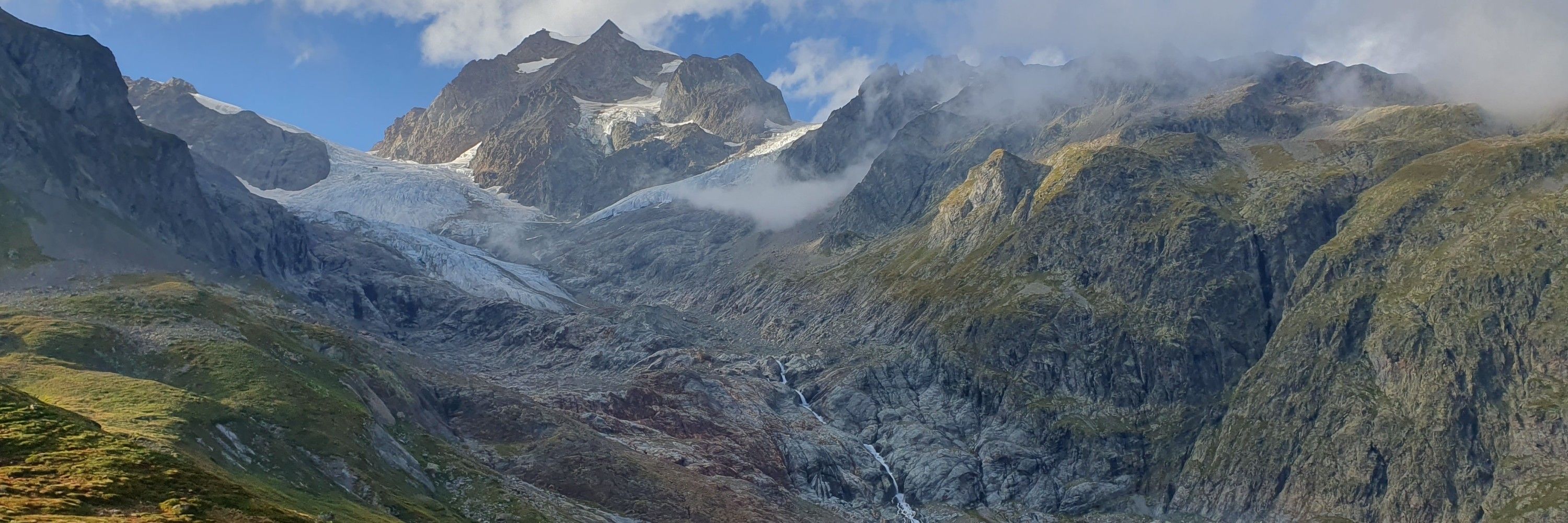

tl;dr: you can now chat with a brain scan 🧠💬
1/n

tl;dr: you can now chat with a brain scan 🧠💬
1/n
"We find that withholding proposal texts from panelists did not
detectibly impact their proposal rankings."
link.springer.com/article/10.1...

"We find that withholding proposal texts from panelists did not
detectibly impact their proposal rankings."
link.springer.com/article/10.1...
We ask: What benefits can we unlock by designing language models whose inner structure mirrors the brain’s functional specialization?
More below 🧠👇
cognitive-reasoners.epfl.ch

We ask: What benefits can we unlock by designing language models whose inner structure mirrors the brain’s functional specialization?
More below 🧠👇
cognitive-reasoners.epfl.ch
Paper: arxiv.org/abs/2510.03684
🧵
Paper: arxiv.org/abs/2510.03684
🧵
Proof-of-principle that topographic models can guide stimulation of high-level cortex to bias object-level behavioral choices. A step toward next-generation visual prosthetics allowing ore complex visual experience.
We visualized perceptual changes from simulated stimulations in model face-selective regions. This results in face-related changes: additional faces appear (#1), face becomes larger (#1161), or specific face-features get enhanced (#533).

Proof-of-principle that topographic models can guide stimulation of high-level cortex to bias object-level behavioral choices. A step toward next-generation visual prosthetics allowing ore complex visual experience.

Anyone who's talked to me in the last 4 years knows I cannot say enough good things about my dept and the neuroscience community here. My colleagues are so wonderfully supportive. Postdocs, please apply!
apply.interfolio.com/174371
Anyone who's talked to me in the last 4 years knows I cannot say enough good things about my dept and the neuroscience community here. My colleagues are so wonderfully supportive. Postdocs, please apply!
apply.interfolio.com/174371
(1/3) #neuroAI #compneuro @vectorinstitute.ai @uoft.bsky.social @uoftcompsci.bsky.social @uhn.ca
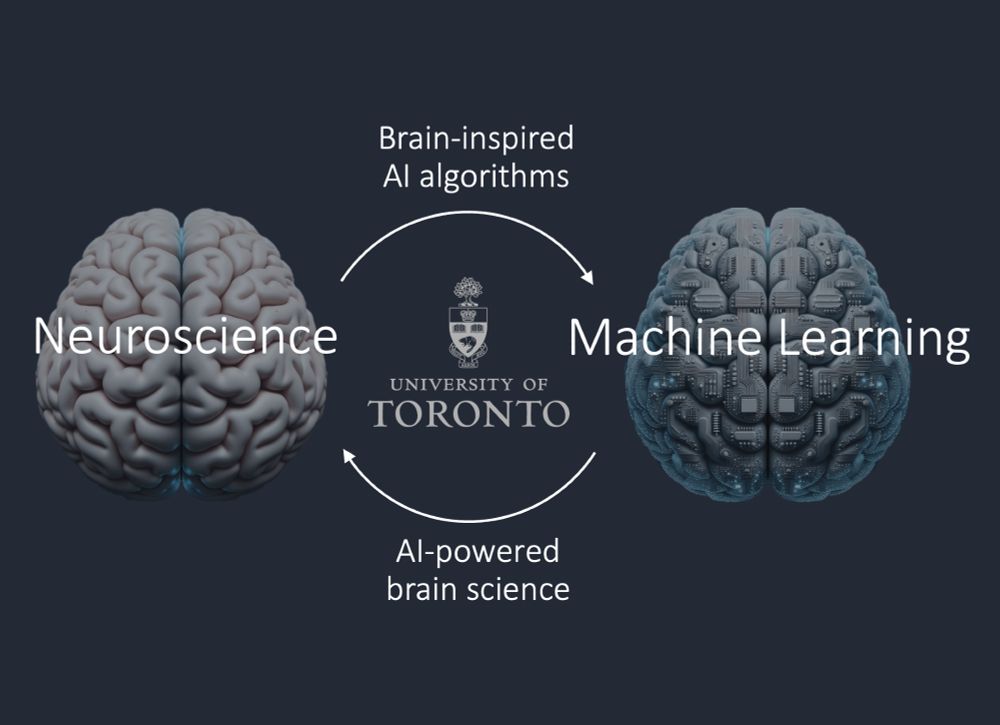
(1/3) #neuroAI #compneuro @vectorinstitute.ai @uoft.bsky.social @uoftcompsci.bsky.social @uhn.ca
#neuroAI #compneuro jobs.utoronto.ca/job/Toronto-...
#neuroAI #compneuro jobs.utoronto.ca/job/Toronto-...
@martinhebart.bsky.social @gallantlab.org
diedrichsenlab.org/BrainDataSci...

I'm not on the committee, but happy to talk if you're interested.
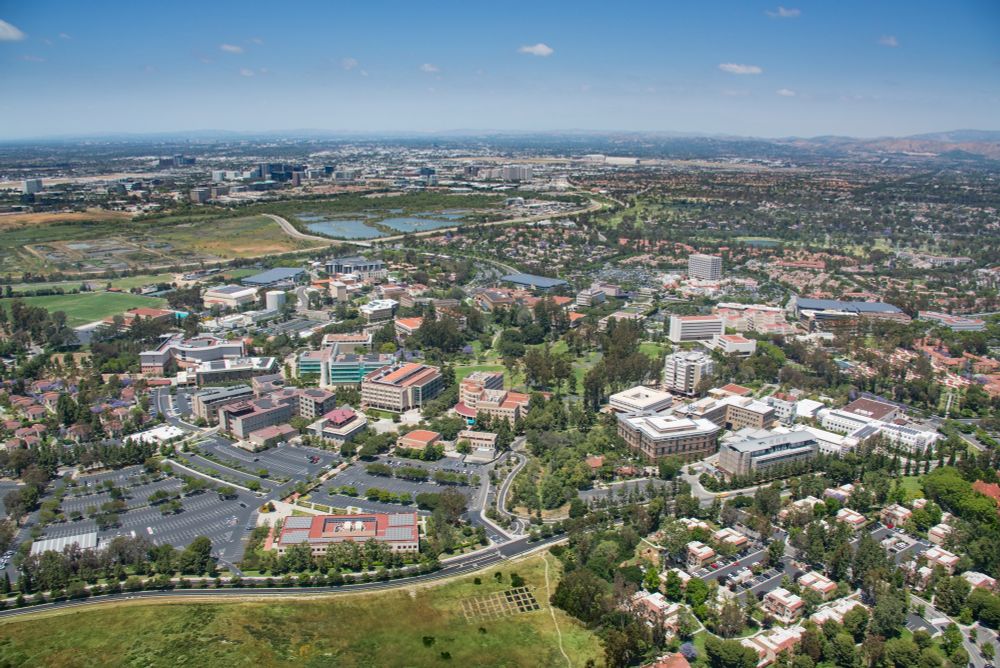
I'm not on the committee, but happy to talk if you're interested.
Please apply if you want to help make submission, review & selection of contributed work (Extended Abstracts & Proceedings) more useful for everyone! 🌐
Helps to have: programming/communications/editorial experience.
tinyurl.com/ccn26committee
And definitely fill out the #CCN2025 feedback form!
tinyurl.com/ccn25partici...

Please apply if you want to help make submission, review & selection of contributed work (Extended Abstracts & Proceedings) more useful for everyone! 🌐
Helps to have: programming/communications/editorial experience.
🧠 Lead pioneering imaging-informed cognitive neuroscience research
🌍 Open to international applicants | Visa sponsorship available
📍 Permanent, full-time, on-site
🔗 Apply now: www.ucl.ac.uk/work-at-ucl/...

🧠 Lead pioneering imaging-informed cognitive neuroscience research
🌍 Open to international applicants | Visa sponsorship available
📍 Permanent, full-time, on-site
🔗 Apply now: www.ucl.ac.uk/work-at-ucl/...
@imagingneuroucl.bsky.social department. Details here: www.ucl.ac.uk/work-at-ucl/...
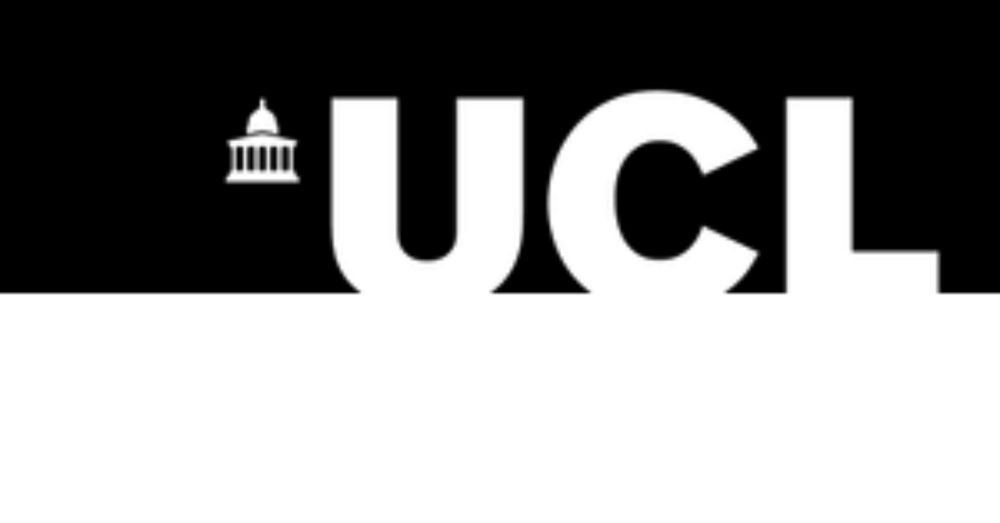
@imagingneuroucl.bsky.social department. Details here: www.ucl.ac.uk/work-at-ucl/...
Check them out and register (free!) here 👇
#neuroskyence #compneurosky
Check them out and register (free!) here 👇
#neuroskyence #compneurosky
Social/Personality: aprecruit.berkeley.edu/JPF05020
Biological Basis of Behavior: aprecruit.berkeley.edu/JPF05054
Please spread the word!
Social/Personality: aprecruit.berkeley.edu/JPF05020
Biological Basis of Behavior: aprecruit.berkeley.edu/JPF05054
Please spread the word!
www.haverford.edu/provost/news...
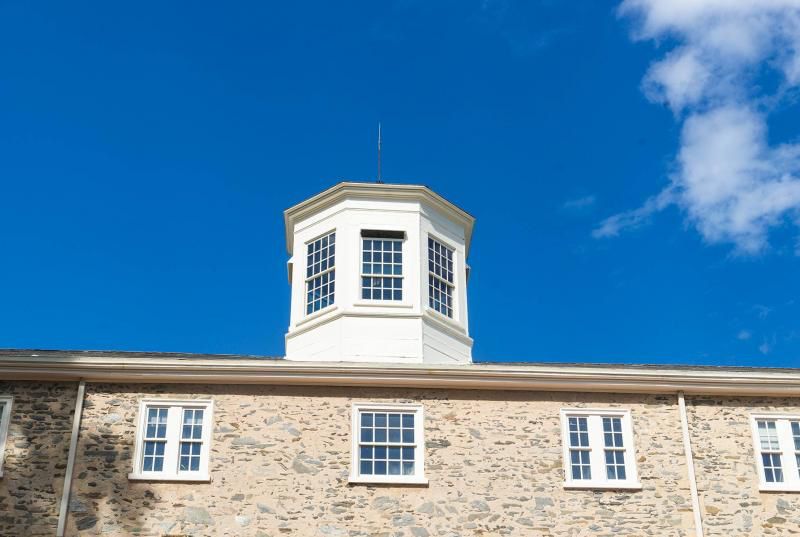
www.haverford.edu/provost/news...
Many-Two-One: Diverse Representations Across Visual Pathways Emerge from A Single Objective
www.biorxiv.org/content/10.1...

Many-Two-One: Diverse Representations Across Visual Pathways Emerge from A Single Objective
www.biorxiv.org/content/10.1...
We're bringing together researchers from #AI, #Neuroscience, and #CogSci to explore why different neural models learn similar representations.
📝 Call for Papers is OPEN on OpenReview!
🌐 Website: unireps.org/2025/
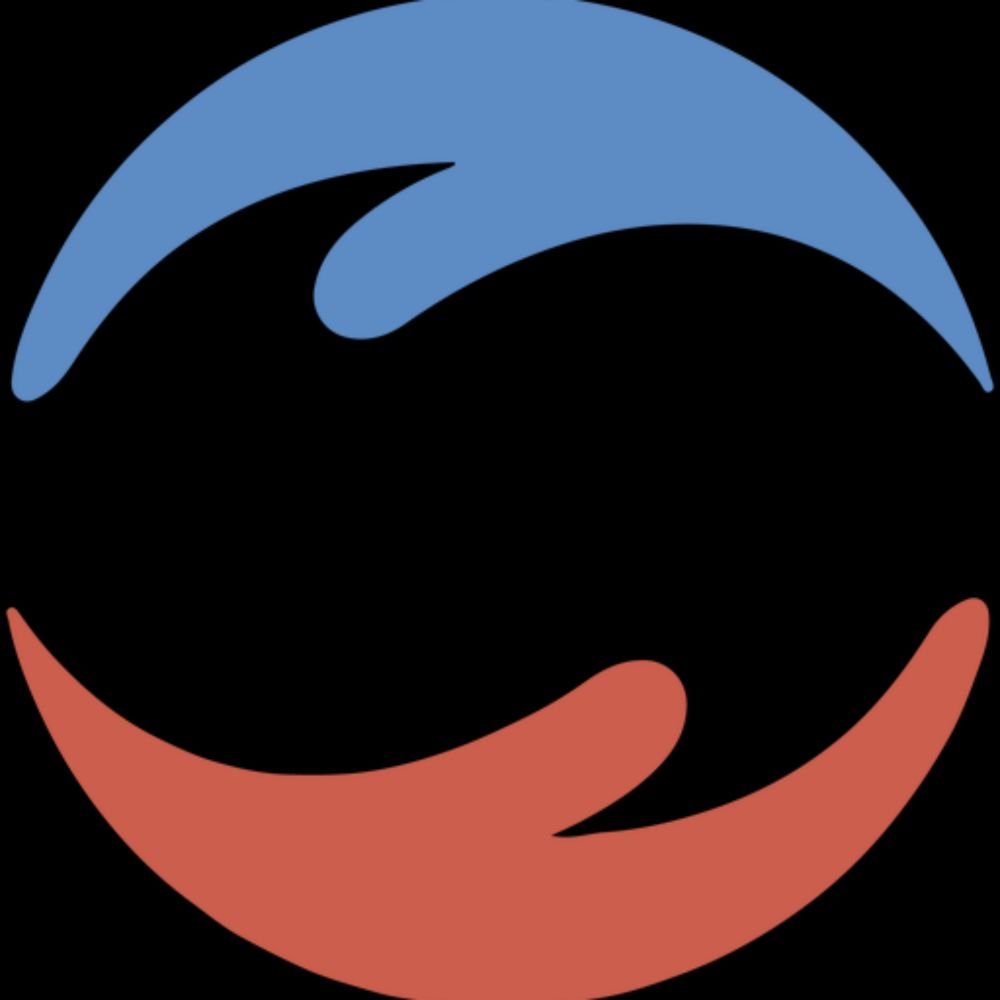
We're bringing together researchers from #AI, #Neuroscience, and #CogSci to explore why different neural models learn similar representations.
📝 Call for Papers is OPEN on OpenReview!
🌐 Website: unireps.org/2025/

